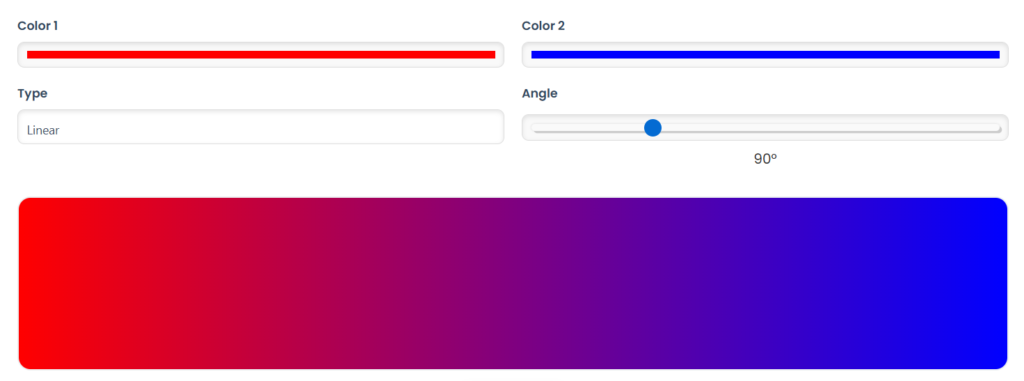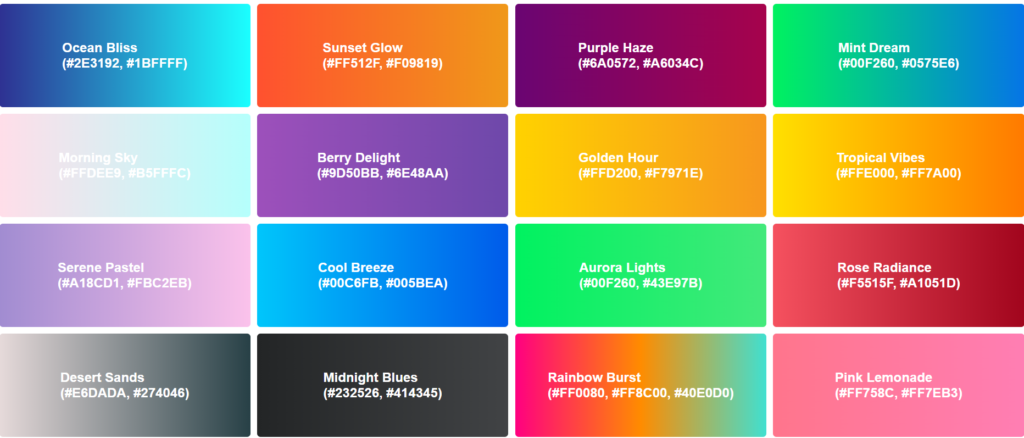
Fuchsia, also known as #ff00ff, is a bright and lively color that grabs attention instantly. It is often mistaken for magenta, but both colors are very similar. Fuchsia is a mix of deep purple and hot pink, creating a shade full of energy, passion, and creativity.
Color Conversions
If you ever need to use fuchsia in design or art, here are its color codes:
- HEX: #ff00ff
- RGB: (255, 0, 255)
- HSL: (300, 100%, 50%)
- CMYK: (0, 100, 0, 0)
- HWB: (300, 0%, 0%)
Tints of Fuchsia
Tints are lighter versions of a color. These happen when white is mixed into fuchsia:
- #ff41ff
- #ff5eff
- #ff75ff
- #ff89ff
- #ff9cff
- #ffaeff
- #ffbfff
- #ffcfff
- #ffdfff
- #ffefff
- #ffffff (pure white)
A gradient background using tints of fuchsia:
background: linear-gradient(to right, rgb(255, 0, 255), rgb(255, 156, 255), rgb(255, 255, 255));Shades of Fuchsia
Shades are darker versions of a color, created by adding black:
- #e511e5
- #cc19cc
- #b31db3
- #9b1f9a
- #841f83
- #6d1d6c
- #571b56
- #421841
- #2e142d
- #1b0d1a
- #000000 (pure black)
Tones of Fuchsia
Tones are created by mixing gray with fuchsia, making the color softer and more muted:
- #ff00ff
- #f42ff3
- #e942e7
- #de50dc
- #d35ad0
- #c862c4
- #bd6ab9
- #b16fad
- #a675a2
- #9a7997
- #8d7d8b
Color Combinations with Fuchsia
Using color theory, we can create different harmonious color schemes.
Analogous Colors
Analogous colors are next to each other on the color wheel, creating a smooth blend:
- #8000ff (purple)
- #ff00ff (fuchsia)
- #ff0080 (pink-red)
Gradient Example:
background: linear-gradient(to right, rgb(128, 0, 255), rgb(255, 0, 255), rgb(255, 0, 128));Complementary Colors
Complementary colors are opposite on the color wheel, creating a strong contrast:
- #ff00ff (fuchsia)
- #00ff00 (green)
Gradient Example:
background: linear-gradient(to right, rgb(255, 0, 255), rgb(0, 255, 0));Double-Split Complementary Colors
This scheme uses two sets of complementary colors for a balanced look:
- #8000ff (deep purple)
- #ff00ff (fuchsia)
- #ff0080 (red-pink)
- #80ff00 (yellow-green)
- #00ff80 (turquoise green)
Rectangle (Tetradic) Color Scheme
This combination uses four colors in a rectangular shape on the color wheel:
- #ff00ff (fuchsia)
- #ff0000 (red)
- #00ff00 (green)
- #00ffff (cyan)
Split-Complementary Colors
A slightly softer version of complementary colors:
- #ff00ff (fuchsia)
- #80ff00 (lime green)
- #00ff80 (teal green)
Tetradic Colors
This scheme involves two complementary color pairs:
- #ff00ff (fuchsia)
- #ff8000 (orange)
- #00ff00 (green)
- #0080ff (blue)
Triadic Colors
A three-color scheme spaced evenly across the color wheel:
- #ff00ff (fuchsia)
- #ffff00 (yellow)
- #00ffff (cyan)
Fuchsia Color Palette
This palette features different colors that go well with fuchsia:
- #00ff00 (green)
- #ffff00 (yellow)
- #00ffff (cyan)
- #ff0000 (red)
- #ff8000 (orange)
- #8000ff (purple)
- #ff00ff (fuchsia)
- #00ff80 (teal green)
- #0080ff (blue)
How to Use Fuchsia in Design
Fuchsia is a bold and energetic color, making it great for:
- Fashion – Fuchsia clothing makes a statement.
- Web Design – Bright buttons or highlights.
- Logos & Branding – A fun and youthful brand identity.
- Interiors – Accent walls or vibrant decor pieces.
- Marketing & Ads – Eye-catching promotional materials.
Fun Fact About Fuchsia
Did you know fuchsia is named after the flower “Fuchsia,” which was discovered in the 17th century by a botanist named Leonhart Fuchs? The bright pinkish-purple petals inspired the color name!
Final Thoughts
Fuchsia is a color full of life, passion, and excitement. Whether you’re designing a website, creating an outfit, or decorating a space, fuchsia can add a touch of boldness and creativity. Use it wisely, and let its vibrant energy bring your designs to life!


